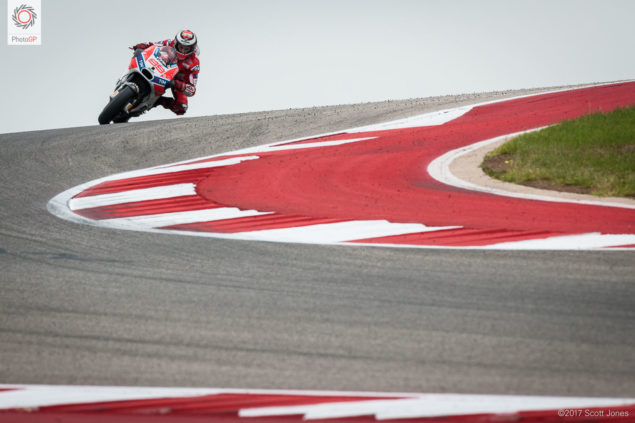Good morning from Austin, Texas. After a long weekend watching some of the fastest racers tackling the 20 turns of the Circuit of the Americas, we are going to try a hand at it today, riding the 2017 Suzuki GSX-R1000.
COTA is a perfect test track for a bike like the GSX-R1000, with a mix of long straights, elevation changes, quick transitions, and fast sweepers. Run, turn, stop – that is the mantra behind the Suzuki GSX-R1000, and we will be testing those three attributes.
For the 2017 model year, the GSX-R1000 is an all-new machine – though we are told that fans of the “King of Superbikes” should find this machine to be a familiar soul.
Not everything is familiar though, as the outgoing model was noticably behind the times. As such, the 2017 version features near-200hp performance figures and a state-of-the-art electronics suite, which includes ABS, IMU-powered traction control, and ride-by-wire.
Per our new review format, we will be giving you a live assessment of the 2017 Suzuki GSX-R1000 right here in this article (down in the comments section), and there we will try to answer any questions you might have.
So, here is your chance to learn what it’s like to ride the new Suzuki GSX-R1000, before even my own proper reviews are posted.
As always, if I don’t know an answer, I will try to get a response from the Suzuki personnel (we have members from both the Japanese and American teams here on-site) that are here with me here at COTA. So, pepper away.
You can follow our thoughts on the bike live via Facebook, Twitter, and Instagram. You can also try searching for the hashtags: #Suzuki & #GSXR1000 for the thoughts of my colleagues as well.

















